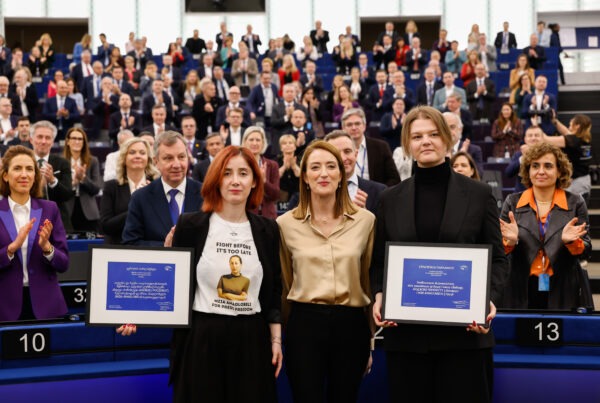Negotiations are underway on the adoption of a Soil health directive
In a continent where over 60% of soils are estimated unhealthy, it is today imperative to address soil degradation. Scientific evidence underscores the alarming trend of soil deterioration, driven by unsustainable land management practices, contamination, and the intensifying impacts of climate change. This degradation not only jeopardizes essential ecosystem services but also carries a significant economic burden, with the European Commission estimating an annual cost of at least 50 billion euros to the EU.
Soil monitoring, already practised in several EU Member States, often involves the engagement of regions and municipalities. Public authorities frequently hold ownership of land, and they are directly impacted by soil health issues. Consequently, they play a crucial role in monitoring and managing land health within their jurisdictions.
In July 2022, the European Commission unveiled its proposal for a Directive on Soil Monitoring and Resilience, aiming to achieve healthy soils across Europe by 2050. The directive includes three main elements:
- A Comprehensive Monitoring Framework covering all soils within the EU, helping Member States to undertake measures for regenerating degraded soils.
- Promotion of Sustainable Soil Management: Member States will define sustainable soil management practices while limiting activities that contribute to soil degradation.
- Identification and Remediation of Contaminated Site: Member States are asked to identify potentially contaminated sites, conduct investigations, and mitigate risks to human health and the environment.
CEMR welcomes the legislative proposal of the Commission which rightly balances ambition and feasibility for Member States. We put forward six key messages for the European Parliament and Council negotiations:
- Emphasis on Monitoring: CEMR welcomes the directive’s primary focus on soil monitoring and advocates for establishing a practical monitoring framework to improve soil health.
- Involvement of Local and Regional Governments: CEMR underscores the importance of involving subnational authorities in the implementation of the Soil Monitoring Law, ensuring collaboration within existing national frameworks without imposing undue administrative burdens.
- Flexible Implementation Framework: Prioritising flexibility at the national level is paramount to accommodate local variations and ensure effective adaptation across different Member States.
- Support for Risk-Based Approach: CEMR endorses the adoption of a risk-based approach, emphasising considerations such as land use in monitoring frameworks and remediation efforts.
- A realistic approach to land take mitigation: CEMR advocates for establishing a compensation mechanism at an aggregated level to address the impacts of land take, tailored to local and regional specificities.
- Strengthening the Polluter Pays Principle: To prevent soil pollution and achieve healthy soils by 2050, CEMR emphasizes the importance of setting pollution prevention standards alongside monitoring and remediation efforts.
What are the next steps?
Following the publication of the legislative proposal by the Commission last year, significant strides have been made in advancing the Soil Monitoring Law. The proposal is broadly supported, notably with its adoption by the Committee on Environment, Public Health and Food Safety (ENVI) on 11 March 23. The rapporteur, MEP Martin Hojsík’s strongly contributed to include the views of local and regional authorities in the draft report. As discussions continue, we call MEPs to support the upcoming adoption of the draft report in plenary on April 10.
Trilogue negotiations will resume post-EU elections, contingent upon the Council’s adoption of a general approach.

Advisor – Environment and mobility






